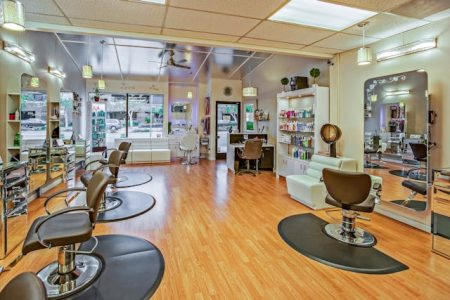As the number of retirees continues to grow, senior living communities have adapted to meet the needs of older adults. Because many seniors are still robust when they retire, they look for communities that help them lead an active life for as long as possible and offer help if their needs change. As a result of this increased demand for high-quality living options, seniors and their families often have many options. Making the best choice requires determining personal needs and comparing communities to ensure they offer features designed to ensure residents live their best lives.
Location, Location, Location
The perfect location for a retirement community varies according to personal needs and tastes, so seniors must consider their preferences when choosing. For example, those who enjoy visitors may want to find a retirement community close to friends and family.
Some older adults look for communities close to towns they can visit by walking or biking. Seniors might also prefer nearby towns that offer shopping, accessibility options, entertainment, and dining options.
Friendly, Caring Staff
It’s a good idea for seniors and their family members to speak to the staff of any communities they are considering. Look around to see if residents seem active, engaged, and happy. Note whether caregivers are warm and friendly and help create a home-like atmosphere.
The best communities create personalized plans for residents, and staff members coordinate their efforts to meet seniors’ needs. Plans ensure that each resident’s mental, physical, and emotional needs are met and they have assistance with disabilities.
A Range of Amenities
Senior communities offer organized recreation and amenities, but not all communities are alike. Seniors must evaluate which features they want and choose a community that can provide them. Generally, it’s best to opt for a community that prioritizes overall wellness. Per Human Good, select one that provides a convenient, maintenance-free lifestyle.
Many communities offer fitness and yoga classes. They may include nature trails, tennis courts, or even the chance to garden. Some even have on-site cafes or restaurants.
High-Quality Meal Options
Meal planning in a retirement community should provide nutrition and dining options, and chefs must be able to accommodate special diets. Food plays a big part in most people’s social lives, and attractively presented, high-quality food served in a cheerful dining room can enhance residents’ lives.
Evaluate each community’s meal policy and menu options before choosing. Some communities offer alternative options, such as a coffee bar.
Flexible Care Arrangements
Many older adults are independent and active when they move to retirement communities but develop health challenges as they age. A community must offer medical support to ensure good care. It should also be easy for residents to alter care plans.
According to U.S. News, seniors should check each community’s proximity to health professionals. Ensure there are nearby hospitals and doctors. Determine whether there are medical professionals on staff. It’s also wise to select a community that makes it easy to change from independent living to assisted living or even memory care.
Moving to a retirement community allows seniors to live a carefree life that provides security and easy access to medical care. However, communities can vary widely, so choosing one that fits each individual’s needs is critical. Considerations include location, staff friendliness, amenities, the quality of food and dining, and flexibility of care arrangements.










